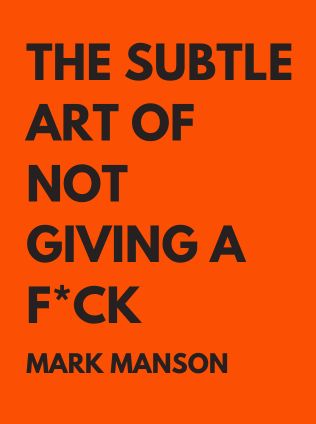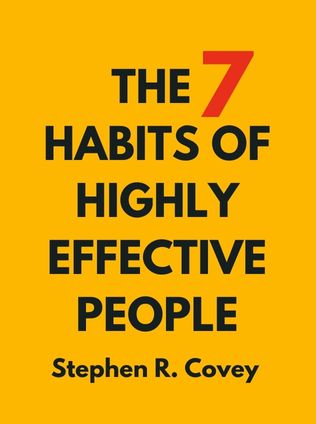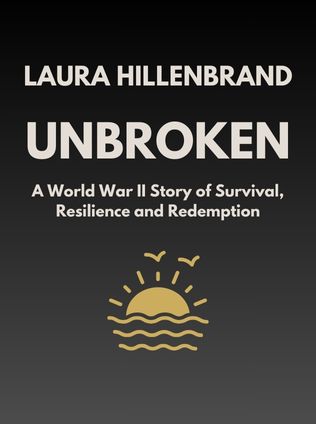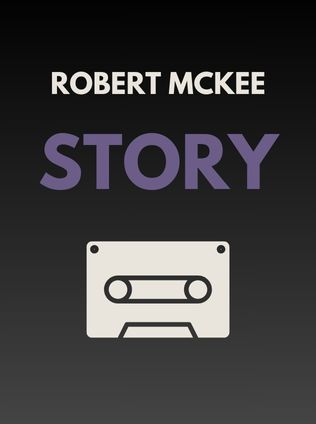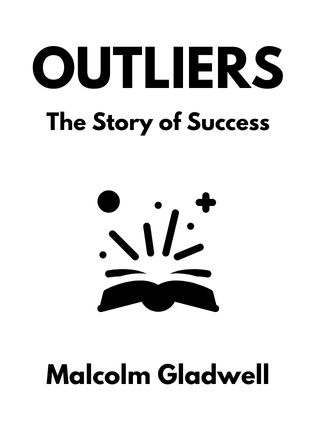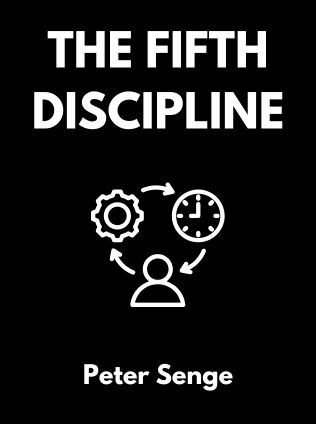
The Fifth Discipline
The Art & Practice of the Learning Organization
By Peter Senge
Published 03/2006
About the Author
Peter M. Senge is a senior lecturer at the MIT Sloan School of Management and the founder of the Society for Organizational Learning (SoL). Senge is renowned for his innovative thinking on management and leadership. He has authored several influential books, including The Fifth Discipline, The Fifth Discipline Fieldbook, and The Dance of Change. Senge holds a B.S. in engineering from Stanford University, an M.S. in social systems modeling, and a Ph.D. in management from MIT.
Main Idea
The Fifth Discipline: The Art & Practice of the Learning Organization by Peter M. Senge emphasizes the importance of creating learning organizations that can adapt and thrive in an ever-changing environment. The book introduces five core disciplines that organizations must master to foster continuous learning and improvement. These disciplines are systems thinking, personal mastery, mental models, building shared vision, and team learning. Senge argues that by integrating these disciplines, organizations can overcome learning disabilities and achieve sustainable success.
Table of Contents
- Introduction
- Systems Thinking
- Personal Mastery
- Mental Models
- Building Shared Vision
- Team Learning
- Integration of the Five Disciplines
Introduction
In The Fifth Discipline, Senge addresses the need for organizations to evolve from traditional hierarchical structures to dynamic, learning-focused entities. He believes that the only sustainable competitive advantage is an organization’s ability to learn faster than its competitors. Senge introduces the concept of learning organizations, where new and expansive patterns of thinking are nurtured, collective aspiration is set free, and people are continually learning how to create the results they truly desire.
"The organizations that will truly excel in the future will be the organizations that discover how to tap people's commitment and capacity to learn at all levels in an organization." - Peter M. Senge
Systems Thinking
Systems thinking is the cornerstone of the learning organization. It involves understanding the interconnectedness of various components within an organization and recognizing patterns rather than isolated events. This discipline helps organizations see the bigger picture and make more informed decisions.
Senge emphasizes that systems thinking integrates the other four disciplines into a coherent body of theory and practice. It helps in identifying and addressing the underlying structures that influence behavior, leading to more sustainable solutions.
"Today's problems come from yesterday's 'solutions.'" - Peter M. Senge
Systems thinking is crucial because it shifts the focus from individual events to understanding the underlying patterns and structures that drive behavior. This perspective helps organizations avoid quick fixes that only address symptoms rather than root causes.
systems thinking in action include:
Sign up for FREE and get access to 1,400+ books summaries.
You May Also Like
The Subtle Art of Not Giving a F*ck
A Counterintuitive Approach to Living a Good Life
By Mark MansonRich Dad Poor Dad
What the Rich Teach Their Kids About Money - That the Poor and Middle Class Do Not!
By Robert T. KiyosakiHow To Win Friends and Influence People
The All-Time Classic Manual Of People Skills
By Dale CarnegieQuiet: The Power of Introverts
The Power of Introverts in a World That Can't Stop Talking
By Susan Cain
